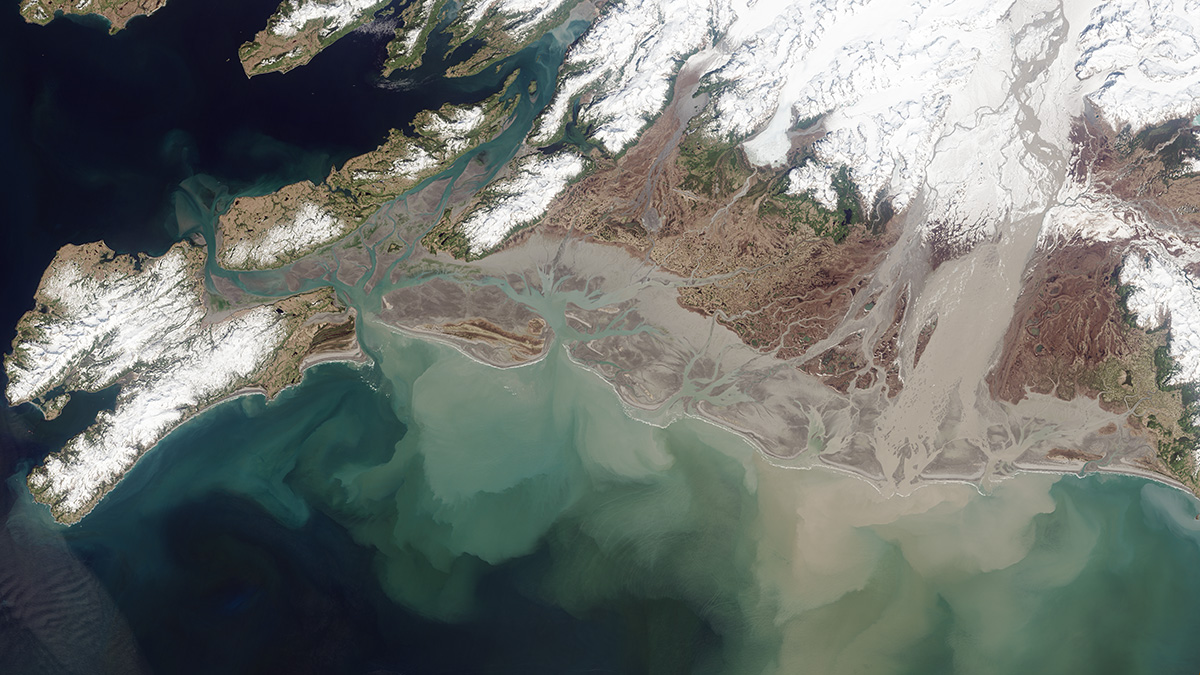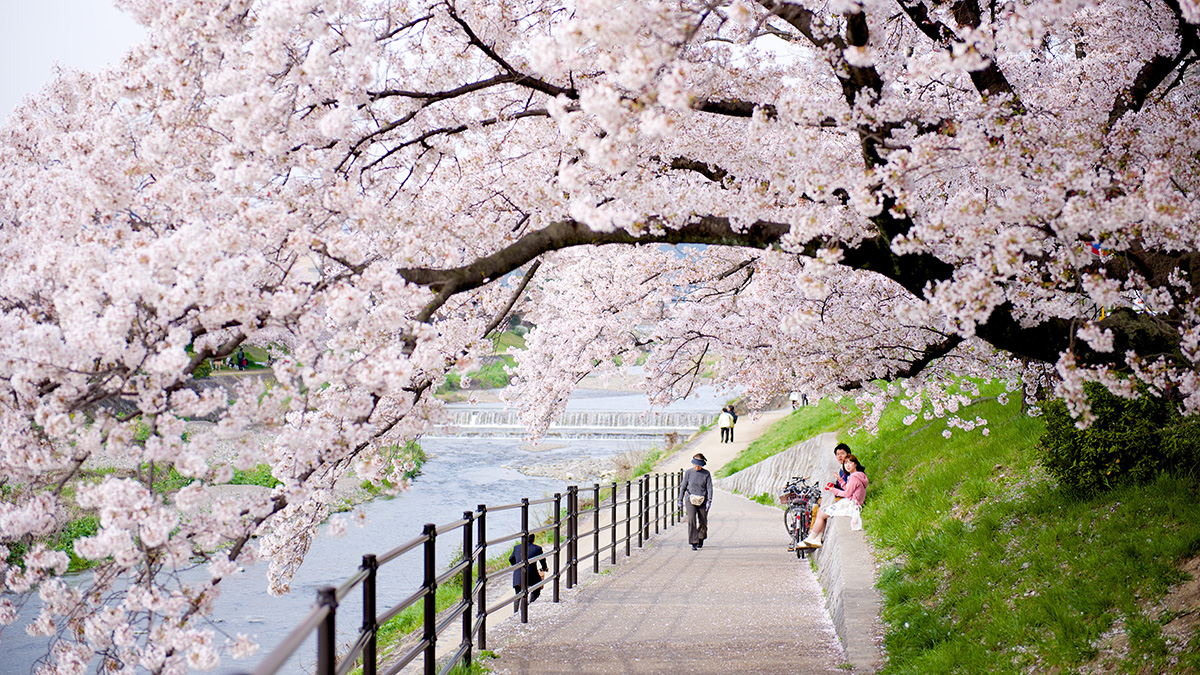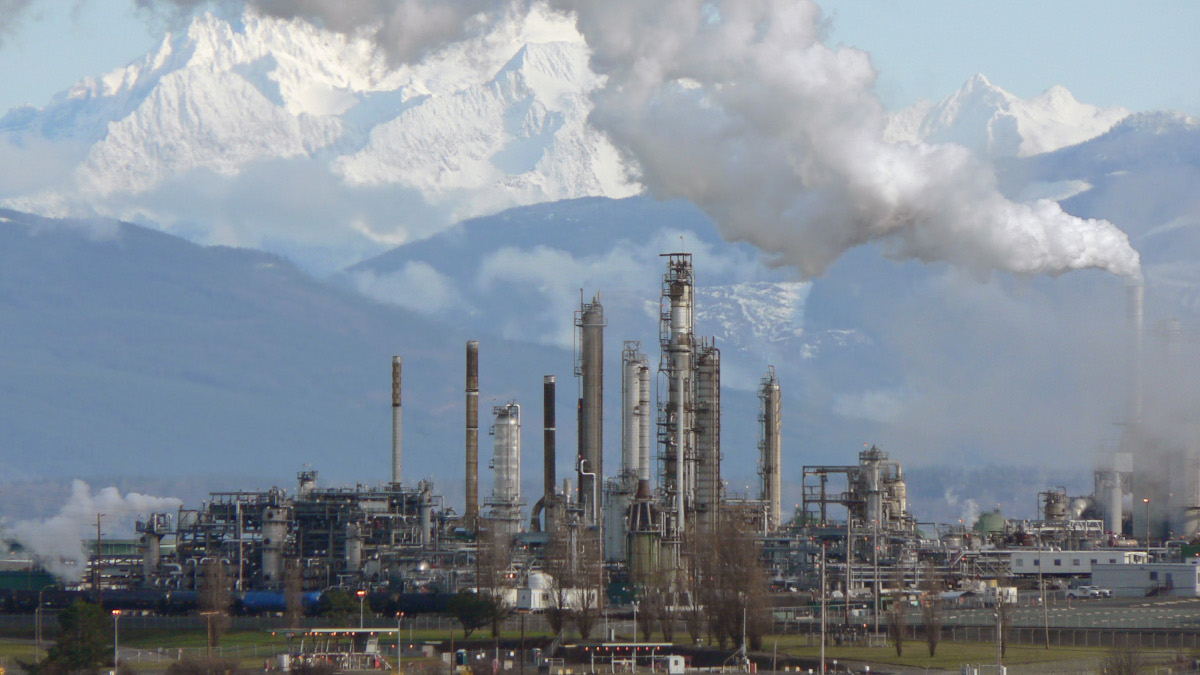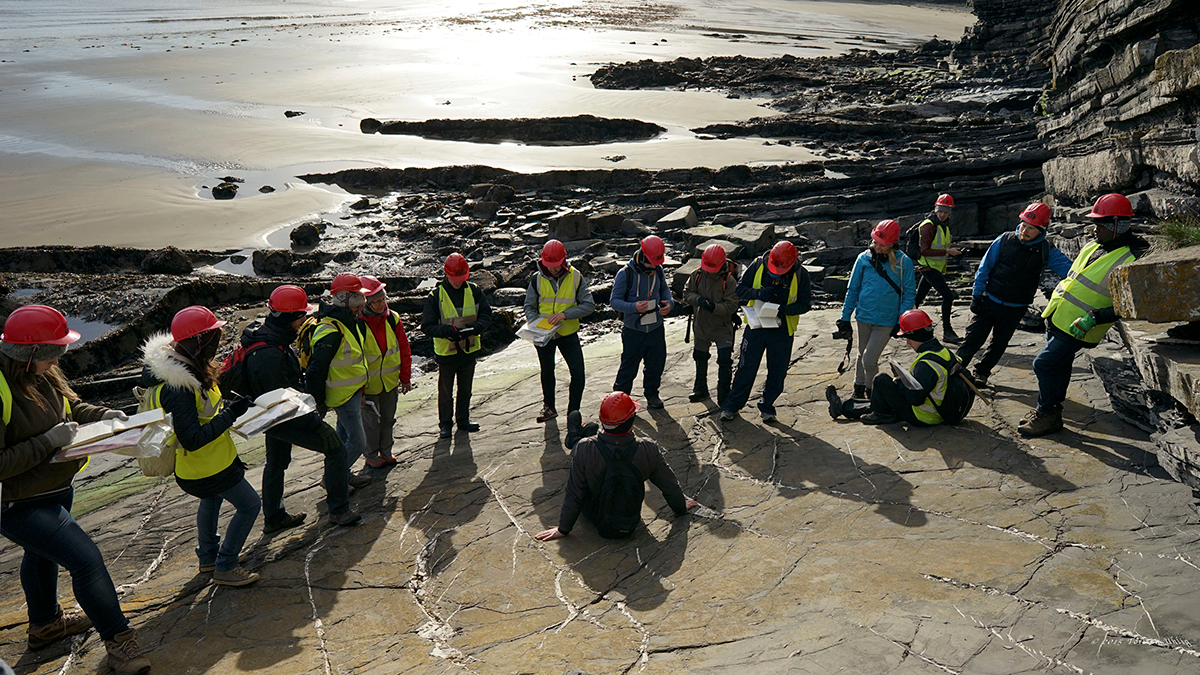The 1922 Colorado River Compact ignored available science and overallocated the river’s water, a decision whose effects reverberate today. Now there’s an opportunity to get things right.
science policy
The Science We Need to Assess Marine Carbon Dioxide Removal
As companies begin selling credits for marine carbon dioxide removal in largely unregulated marketplaces, scientists must develop standards for assessing the effectiveness of removal methods.
The Unequal Benefits of California’s Electric Vehicle Transition
An uptick in clean vehicles has improved air quality in wealthier communities over marginalized communities in California, a new study finds.
शहरी हरियाली के लाभों का आंकलन
शहर में हरियाली डिज़ाइन करते समय शहर के समुदायों को शायद यह सोचना पड़े कि जल अवशोषण या शीतलन, कौन से लाभ ज़्यादा ज़रूरी हैं।
الفوائد الصحية العالمية من تحقيق مرحلة صفر انبعاثات
إن خطط الحد من ظاهرة التغير المناخي ستقلل من تلوث الهواء وهو ما سيفضي إلى إنقاذ مئات آلاف الأرواح في العقود القادمة.
Taking the Pulse of Global Change with World Heritage Data Sets
Applying World Heritage status to highly valuable environmental records would spotlight the vital insights they provide into how Earth is changing and would ensure their longevity and accessibility.
EPA Air Pollution Proposal Stirs Debate
The agency’s proposal to tighten standards for small-particulate pollution has prompted opposing calls for tighter and looser regulations.
Ten Rivers Facing Pollution, Development, and Climate Change—And Policies That Can Help
An annual report highlights 10 waterways that have arrived at forks: where public support could determine whether they receive protection.
The Vanishing Scholar: Indigenous Erasure in Funding Data
Nonreporting of funding data and exclusion of communities from research harm Indigenous Peoples and contribute to their invisibility in science and society. We can and must do better.
Geoscientists Make a Difference
A new special report demonstrates that geoscientists’ knowledge, skills, and competencies can be used to advance every one of the United Nations Sustainable Development Goals.










